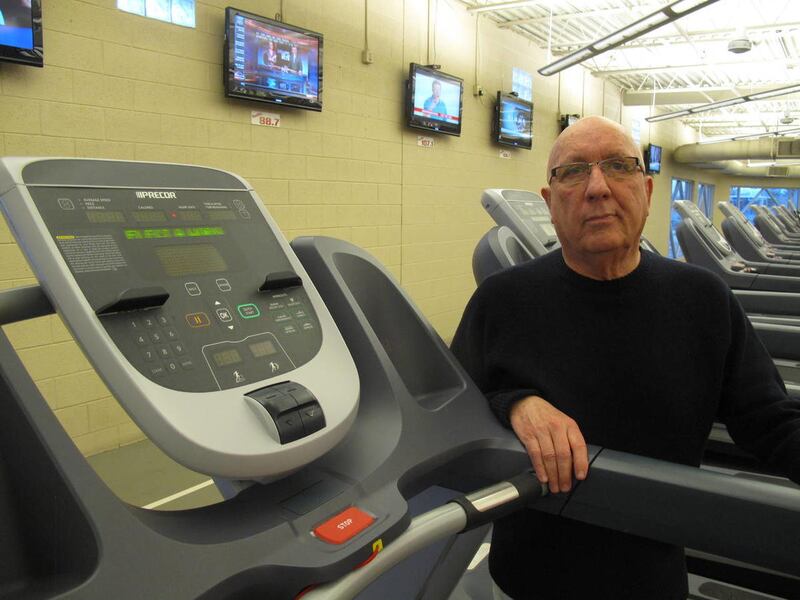It all sounds great … lose weight, eat better, find love and, oh yes, give up smoking.
The problem is that while the ideas sound great, the brain very often chooses not to fully cooperate. Fewer than 8 percent of those making New Year’s resolutions will ever reach their goals.
In most cases, what people look upon as bad habits are hard to break, if not impossible. Health-related goals, for example, are typically distant memories within the first 15 days of the new year.
And, of the 8 percent who reach their goals, those in their 20s are nearly three times more likely (39 percent) than those over 50 (14 percent) to be successful.
Why?
There are a number of theories.
One expert suggests that the brain is wired for certain behaviors and trying to make changes can be very difficult. Another suggests people set goals too high and become easily discouraged. Still another suggests people are looking for quick fixes and there are none.
Also, it took time to create the person and it will take more time to reinvent the individual, even if the desire is there.
The top 10 resolutions for 2014 are: lose weight; get organized; spend less and save more; enjoy life to the fullest; stay fit and healthy; learn something exciting; quit smoking; help others; fall in love; and spend more family time.
Probably one of the hardest resolutions to meet, and typically among the first to go, deal with weight and fitness.
There is help available, however.
Brent Cook, owner of the Sports Mall, The Gym at City Creek and Station Park, suggested starting by involving others in the resolution.
“Get a friend or relative to get involved. Having someone along when you exercise or plan a menu helps," he said. "Even better, get a personal trainer. First, a trainer can put you on the right track to meet your goals. Also, making a commitment to be somewhere at a certain time strengthens resolve.’’
A personal trainer can also make sure an individual is doing the right exercises and eating the right foods.
“Put a personal trainer in the equation and that 8 percent success rate suddenly jumps up to 65 to 75 percent. It is always more beneficial to get someone who understands the specific requirements of an individual,’’ he notes.
Every year, weight loss tops the list of resolutions. Too often, however, people set unrealistic goals. They may resolve to lose 20 pounds and after a month or two of no significant change they give up. A better goal would be to lose a pound a month or 10 pounds in 90 days.
Obesity is, in fact, a real concern in the United States these days. Statistics show one in three adults is rated obese.
And short-term dieting doesn’t help. Lasting weight loss requires lifestyle changes, which include healthy food choices and regular physical activity.
It helps that experts today have a much better understanding of foods and which foods add pounds and which foods don’t.
Cook also points out that technology has made physical activity “much more beneficial and more enjoyable.’’
Fitness gyms, and even some home equipment, have integrated such things as TVs, monitors that take the user on visual trips, such as biking through the Alps or running a race while working out, and even introduce aromatherapy into workouts.
“The thing to remember is that workouts need not be painful or boring these days. The key is moderation in everything we do. It makes it much easier to live up to those resolutions if conditions are more enjoyable,’’ Cook said.
He went on to offer these suggestions to meeting resolutions: set realistic goals, involve a friend or relative; focus on one resolution; start slowly and work up; and make it a year-long process rather than look for short-term results.





